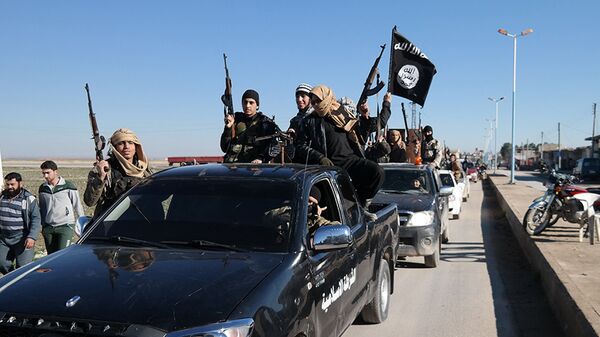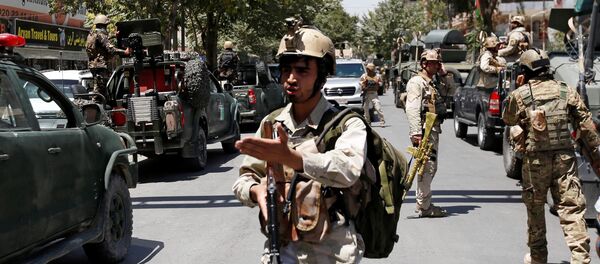The report analyzed Daesh and al-Qaeda presence in a number of theaters, including Southeast Asia, Central and South Asia, Europe, East Africa, North Africa and the Arabian Peninsula.
In North Africa, Libya is believed to hold between 3,000 and 4,000 Daesh militants and is said to be experiencing a resurgence in al-Qaeda presence; Egypt is also believed to have some 1,000 Daesh fighters.
The report doesn't give figures for West Africa, but notes a presence of both Daesh and al-Qaeda. Similarly, in East Africa, both groups have a presence, but the al-Qaeda affiliate al-Shabab is "dominant," while Daesh is relatively powerless.
Al-Qaeda also dominates in the Arabian Peninsula, where Yemen is the primary hub for al-Qaeda terrorists (forming the AQAP branch of the group). AQAP are, like Saudi Arabia and the United States, battling Yemen's Houthi government in the north with a force of about 6,000 to 7,000. Daesh only has a few hundred fighters there, according to the report as cited by the Associated Press.
Central and South Asia, namely Pakistan and Afghanistan, see a threat from the "intellectually stronger" al-Qaeda, while little exists from Daesh. However, both countries, particularly Afghanistan, have a big problem with the Taliban, which is not mentioned in the report and has been battling the US and Afghan governments for 17 years.
The report also notes attacks in Indonesia by a Daesh-linked group and says that despite Philippines President Rodrigo Duterte's war on Daesh militants in his country last year, they remain "cash rich" and "growing."
The report noted that attacks by terrorist groups and sympathizers in Europe dwindled in 2018 compared to the year prior.
The 30,000 figure between Iraq and Syria is "roughly equally distributed," AP reported, though many of the extremists are believed to be in hiding or keeping an otherwise low profile. The report did not appear to mention the presence of al-Qaeda affiliates in Syria, who have been fighting the government of President Bashar al-Assad for years.




